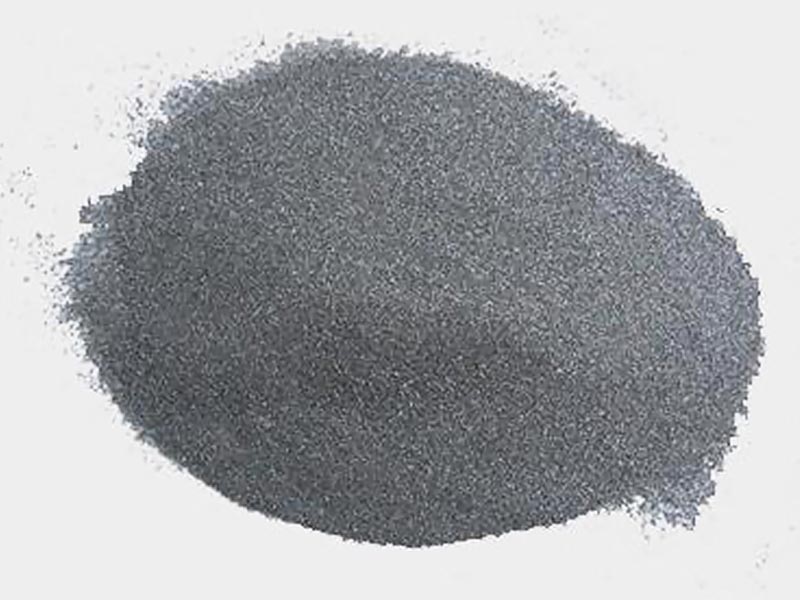Understanding the role of Silicon (Si) in plant growth and how it affects plant health has recently been a subject of substantial research.
Experienced growers have always wondered why plants do better in the soil as compared to soilless mediums. The difference is likely to be (Si), which is naturally available in soil but not in media used by the indoor grow the industry.
Silicon (Si) is not considered an essential plant nutrient by plant scientists. However, recent studies have found that it affects plant growth and quality, photosynthesis, transpiration and plant resistance to stresses such as drought, nutrient deficiency, temperature etc. For plants grown in substrates, silicon concentration is limited and its supplementation has been found to be beneficial. In studies conducted by Greenhouse Management in 2010, Todd Cavins, Steve Marek, and Sophia Kamenidou found that the silicon concentration increased in all plant species that received supplemental silicon treatments. The silicon concentration and deposition in plant tissue varied among species indicating that different species may take up different amounts of silicon. Also, silicon deposition varies in different plant tissues. Depending on dosage, plants improved in many different aspects when supplemented with Si. Thick straight stems were evident with helianthus and zinnia. In gerbera, flower diameter increased with Si foliar sprays. Early flowering occurred with optimum silicon treatments along with increased flower quality compared to untreated controls for each of the species.
Other aspects of Si that are attracting attention are increased drought resistance and increased flower diameter. This is most likely caused by the reduction in water lost by plants through transpiration. By forming a fine waxy layer on the plant, reduction of transpiration rate (or the increase of leaf resistance) can be achieved by Si.
Reduction of the transpiration rate could have further benefits for flowering plants. A study conducted on the effect of supplemental silicon on stomatal conductance, which is the mechanism plants use to open and close “water vapor” valves. In greenhouses, leaves were found to be more resistant (less transpiration) with a high rate of Si foliar sprays. This study didn’t support an active role of silicon in stomata opening and closing but there is an indication that Si foliar spray applications can act as a film-forming antitranspirant that increases leaf resistance In other studies, Si has been reported to prevent the incidence of powdery mildew disease. In strawberry, when the Si content of leaves increased, the incidence of powdery mildew decreased (Kanto 2002). Silicon deficiency in barley and wheat leads to a poor growth habit and increased powdery mildew susceptibility (Zeyen 2002). Foliar application of Si has been reported to be effective in inhibiting powdery mildew development on cucumber, muskmelon, and grape leaves (Bowen et al. 1992. In turf grass, several diseases were also suppressed by Si application (Datnoff et al. 2002).
Water deficiency (drought stress) leads to the closure of stomata and subsequent decrease in the photosynthetic rate. Si can alleviate water stress by decreasing transpiration. Transpiration happens mainly through stomata and partially through the cuticle. As Si is layer forms below the cuticle of the leaves, the transpiration rate decreases. Silicon can reduce the transpiration rate by 30% in rice, which has a thin cuticle (Ma et al. 200la).
Si also increases the tolerance to heat stress in plants. Si may be involved in the thermal stability of lipids in cell membranes although the mechanism has not been elucidated.
There has been a considerable amount of work on the effects of Si under chemical stresses including nutrient imbalance, metal toxicity, salinity and so on. Excess or deficient Phosphorus is a well-known problem in agriculture. Benefits of Si under phosphorus deficiency stress have been observed in many plants including rice and barley.
Other benefits of Si include improved structural cell strength, reduced salt stress, improved absorption of nutrients.
13Essentials is the first nanoscale (particle size of 1-30 nm) foliar fertilizers to become available in the US market. It contains a balanced mix of primary nutrients (P and K), secondary nutrients (Ca, Mg and S) and micronutrients (Fe, Mn, Zn, Cu, B, Mo and Co) adsorbed on a nano-silica base. In 13Essentials, Si is both a nutrient as well as a carrier for other nutrients and micronutrients, preventing them from completing and making them bioavailable to the plant.

